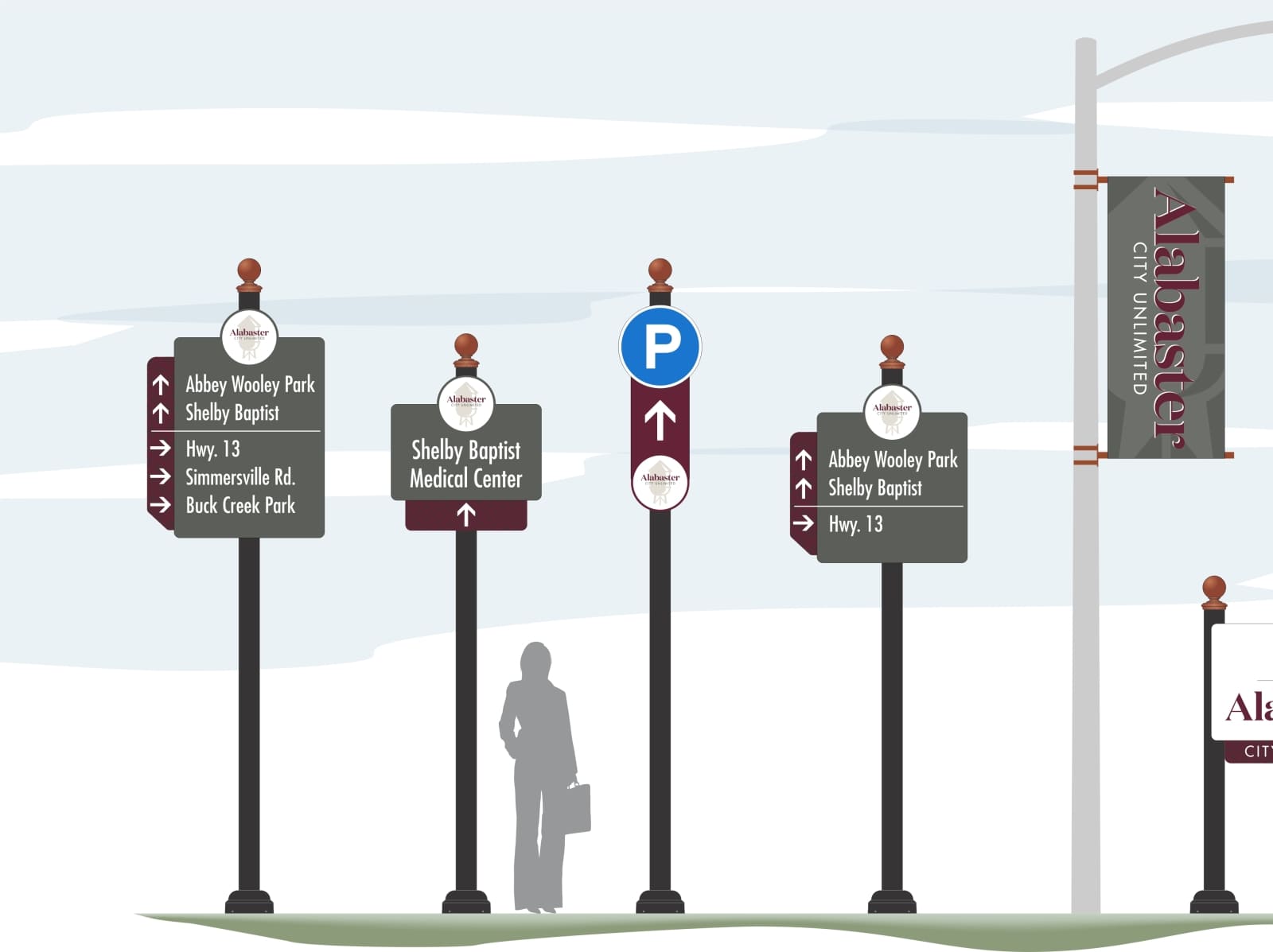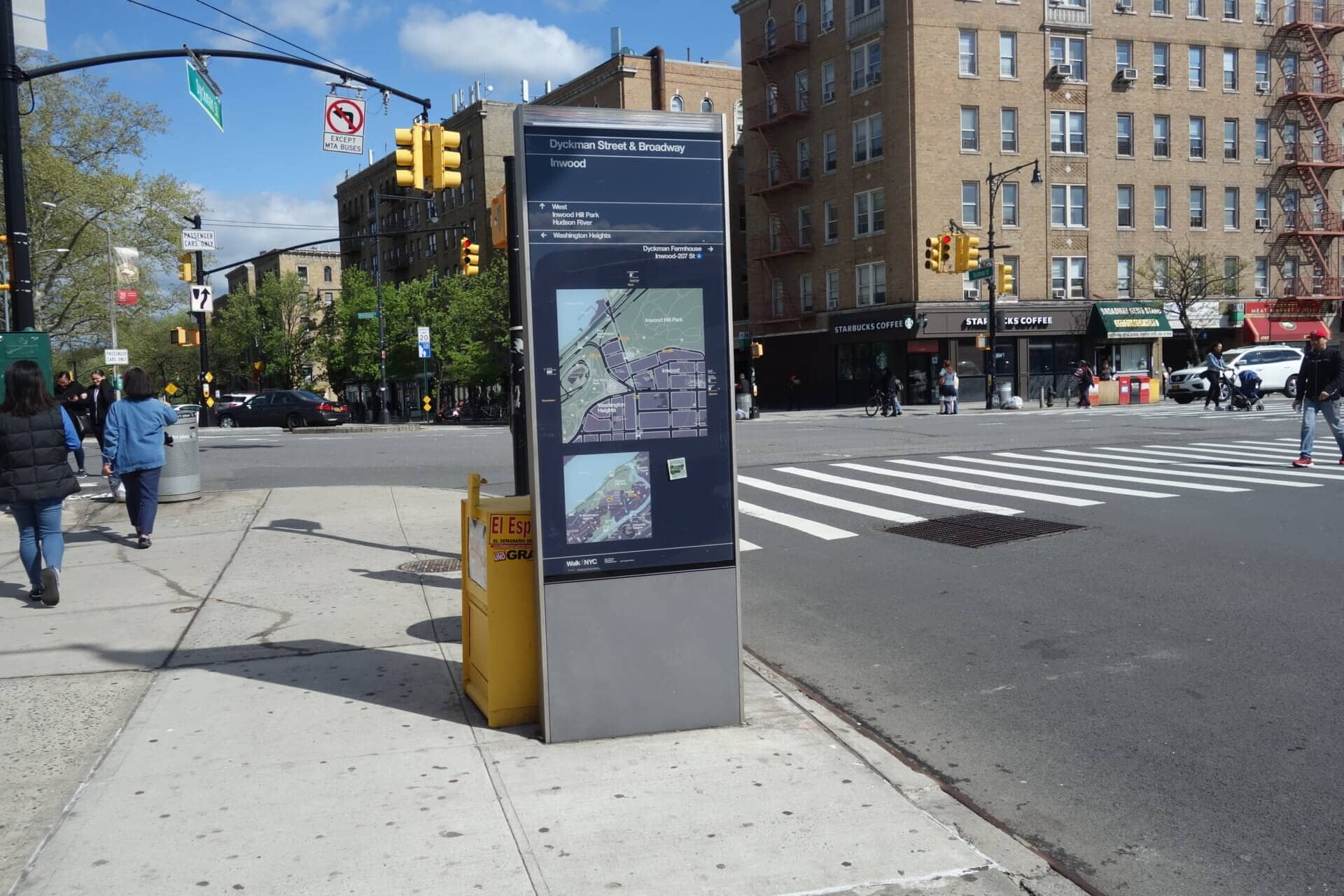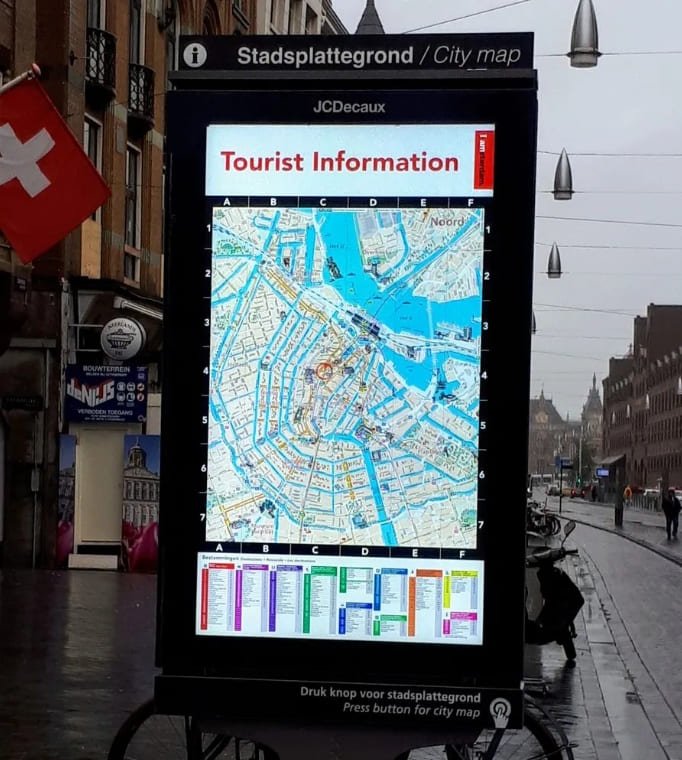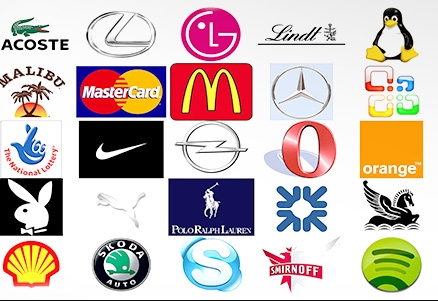Effective city planning goes beyond the development of infrastructure and public spaces. A critical component often overlooked is wayfinding signage, which plays a crucial role in helping residents and visitors navigate a city efficiently. Well-designed wayfinding signs can enhance the urban experience, reduce confusion, and promote a city’s identity. In this article, we’ll explore the types of city wayfinding signs, the benefits they offer, the need for a unified wayfinding system, and why Signs&Logo is your best partner for city signage solutions.
Types of City Wayfinding Signs
City wayfinding signs come in various forms, each serving a specific purpose. Understanding these types can help in planning a comprehensive wayfinding system that meets the needs of all city users.
Directional Signs
Directional signs are essential for guiding people to their destinations. These signs often include arrows and clear text indicating the direction of major landmarks, streets, or facilities.
- Street Signs: Indicate street names and directions.
- Facility Signs: Point towards important city facilities like hospitals, police stations, and schools.
- Landmark Signs: Guide visitors to popular landmarks and tourist attractions.
Informational Signs
Informational signs provide essential details that help people make informed decisions while navigating the city.
- Maps and Directories: Offer a visual representation of the area, helping people locate themselves and find their way.
- Historical Markers: Provide information about significant historical sites and buildings.
- Regulatory Signs: Include rules and regulations, such as parking restrictions and traffic guidelines.
Identification Signs
Identification signs help people recognize specific locations, buildings, or areas within the city.
- Building Names: Display the names of important buildings and facilities.
- District Markers: Identify different districts or neighborhoods within the city.
- Facility Identification: Mark entrances to parks, museums, and other public spaces.
The Benefits of Good Wayfinding Signage
Investing in high-quality wayfinding signage offers numerous benefits for cities, enhancing both functionality and aesthetics.
Improved Navigation
Good wayfinding signage helps residents and visitors navigate the city with ease, reducing the time and frustration associated with getting lost.
- Efficiency: Streamlines movement through the city.
- Reduced Confusion: Minimizes the chances of people getting lost.
- Accessibility: Assists people of all abilities in finding their way.
Enhanced City Image
Well-designed signs can enhance the overall image of the city, making it more attractive and welcoming.
- Aesthetic Appeal: Adds to the visual appeal of the urban environment.
- Branding: Reinforces the city’s identity and brand.
- Professionalism: Reflects a well-organized and thoughtful city planning approach.
Economic Benefits
Effective wayfinding signage can have a positive impact on the local economy by encouraging exploration and spending.
- Tourism Boost: Helps tourists find attractions and amenities, encouraging longer stays and higher spending.
- Local Business Support: Guides people to local businesses, increasing foot traffic and sales.
- Event Promotion: Directs visitors to events and activities, boosting participation and revenue.
The Need for a Unified Wayfinding System
A unified wayfinding system is essential for maintaining consistency and clarity throughout the city. Such a system ensures that all signs adhere to a common design and language, making them easily recognizable and understandable.
Consistency in Design
Consistency in design helps create a cohesive and professional look for the city’s wayfinding signs.
- Uniform Colors and Fonts: Use consistent colors and fonts for all signs.
- Standardized Icons: Use of universally recognized icons and symbols.
- Harmonized Layout: Consistent layout and structure for all signs.
Clarity and Legibility
Clear and legible signs are crucial for effective wayfinding, ensuring that information is easily accessible to everyone.
- Readable Text: Use of large, easy-to-read fonts.
- High Contrast: High contrast between text and background for better visibility.
- Simple Language: Clear and concise language that is easy to understand.
Integration with Technology
Incorporating technology into wayfinding systems can enhance their effectiveness and user-friendliness.
- Interactive Maps: Digital maps that provide real-time information and directions.
- Mobile Apps: Apps that guide users through the city and offer additional information.
- QR Codes: QR codes on signs that link to online resources or additional details.
İşaretler&Logo Provides City Signage Solutions
İşaretler&Logo is a trusted partner for cities looking to implement effective wayfinding systems. With extensive experience and a commitment to quality, Signs&Logo offers a range of services to meet the unique needs of urban environments.
Custom Design Services
İşaretler&Logo provides custom design services to create signage that reflects the city’s identity and meets its specific requirements.
- Tailored Designs: Custom designs that align with the city’s branding and aesthetic goals.
- Expert Consultation: Professional consultation to understand the city’s needs and preferences.
- Innovative Solutions: Creative and innovative design solutions that stand out.
High-Quality Materials
İşaretler&Logo uses only the best materials to ensure that all signage is durable, weather-resistant, and long-lasting.
- Durable Materials: High-quality materials that withstand harsh weather conditions.
- Fade-Resistant: Materials that resist fading, ensuring long-term visibility.
- Eco-Friendly Options: Sustainable materials that reduce environmental impact.
The Role of Technology in Modern Wayfinding
Incorporating modern technology into wayfinding systems can significantly enhance their functionality and user experience.
Interactive Digital Signs
Interactive digital signs provide real-time information and can adapt to changing circumstances.
- Real-Time Updates: Display real-time updates on events, traffic, and weather.
- User Interaction: Allow users to interact with the signs for personalized information.
- Dynamic Content: Easily update and change content as needed.
Mobile Wayfinding Apps
Mobile apps offer a convenient and personalized wayfinding experience for city users.
- GPS Integration: Provides real-time navigation and directions.
- Additional Information: Offers details about landmarks, events, and facilities.
- User-Friendly Interface: Easy-to-use interface that enhances user experience.
Çözüm
Incorporating city wayfinding signage into urban planning is essential for enhancing navigation, promoting the city’s identity, and supporting local businesses. By understanding the different types of wayfinding signs, recognizing their benefits, and implementing a unified system, cities can create a more navigable and welcoming environment for residents and visitors. Signs&Logo stands out as a reliable partner in this endeavor, offering custom designs, high-quality materials, and professional installation services. By embracing modern technology and maintaining consistency in design, cities can ensure their wayfinding systems are effective and user-friendly. Investing in well-designed wayfinding signage is a strategic move that pays off in improved navigation, enhanced city image, and economic benefits.







Yorum Bırak